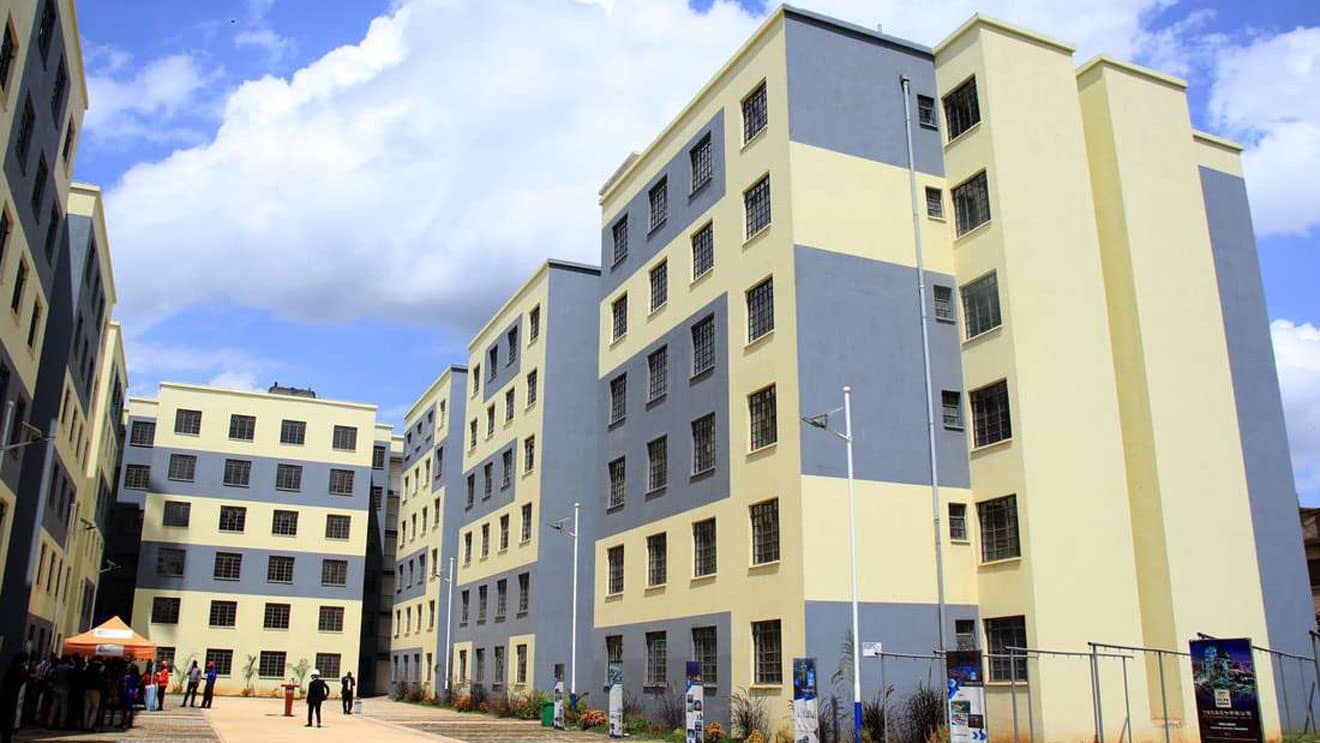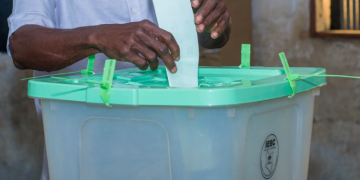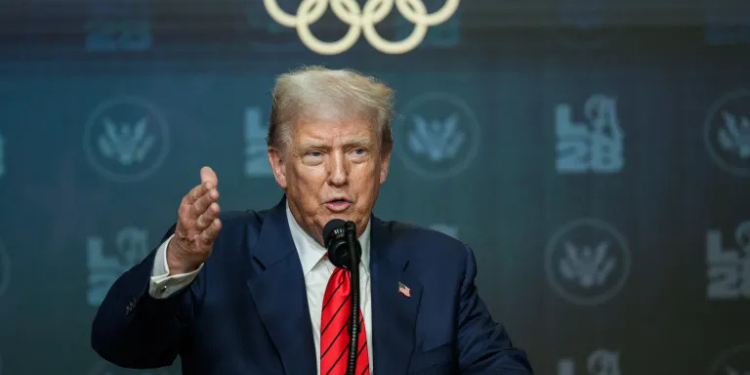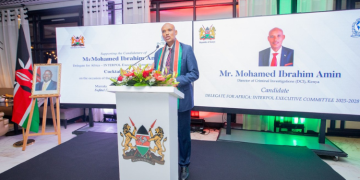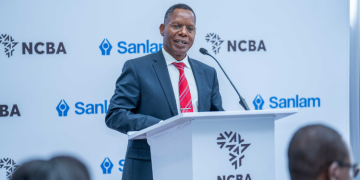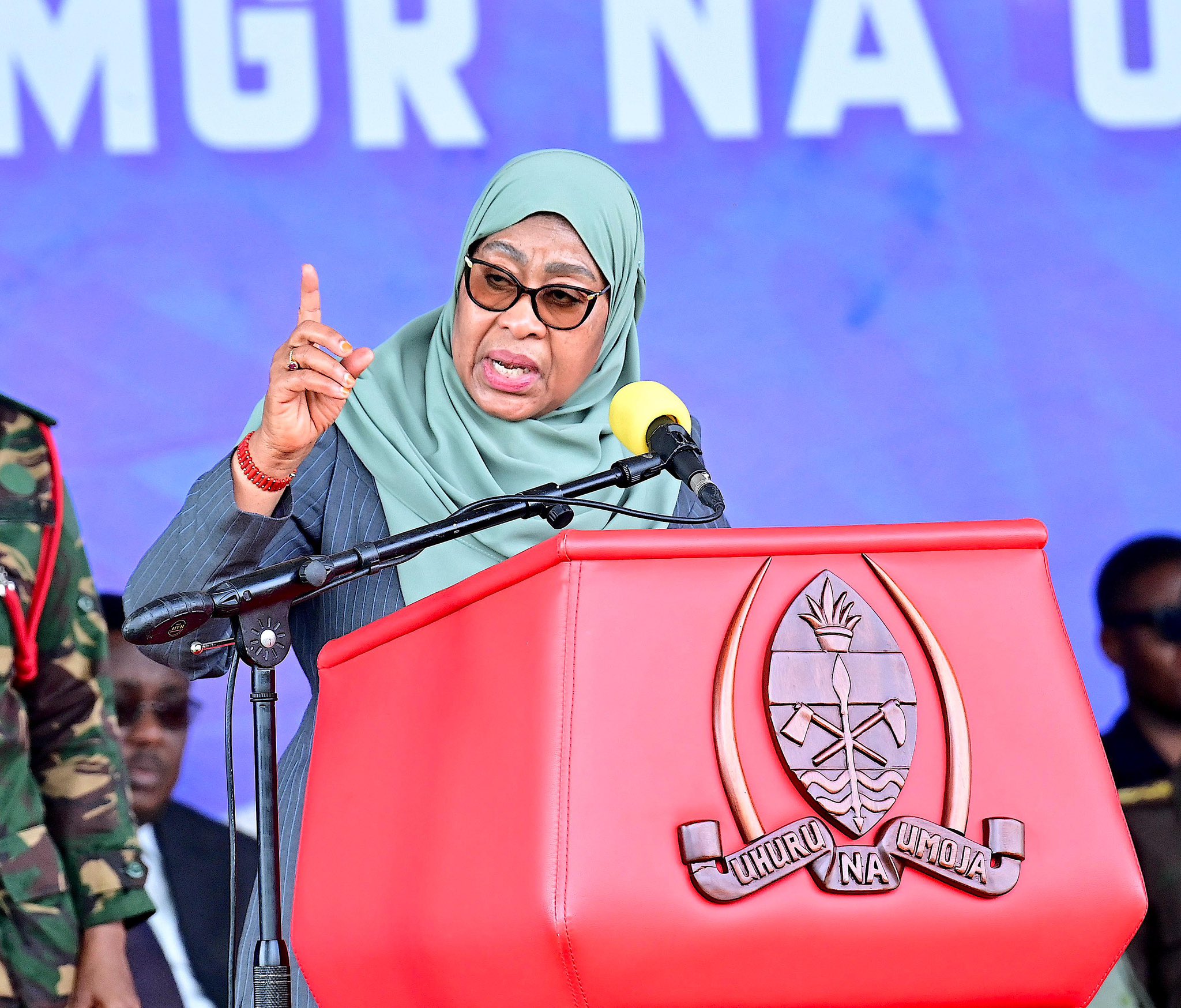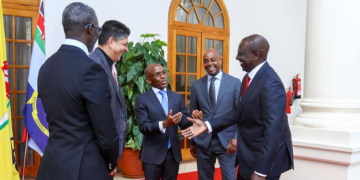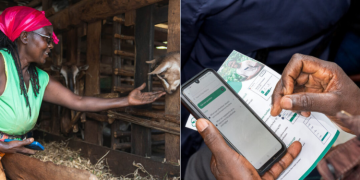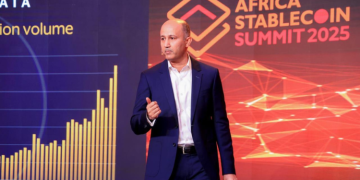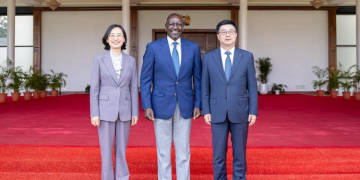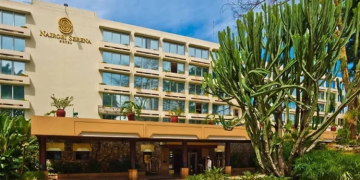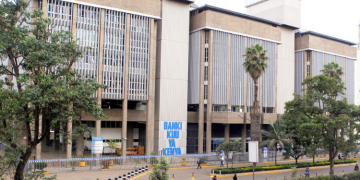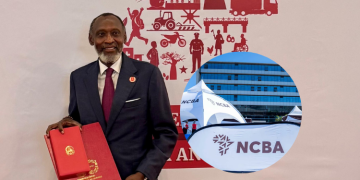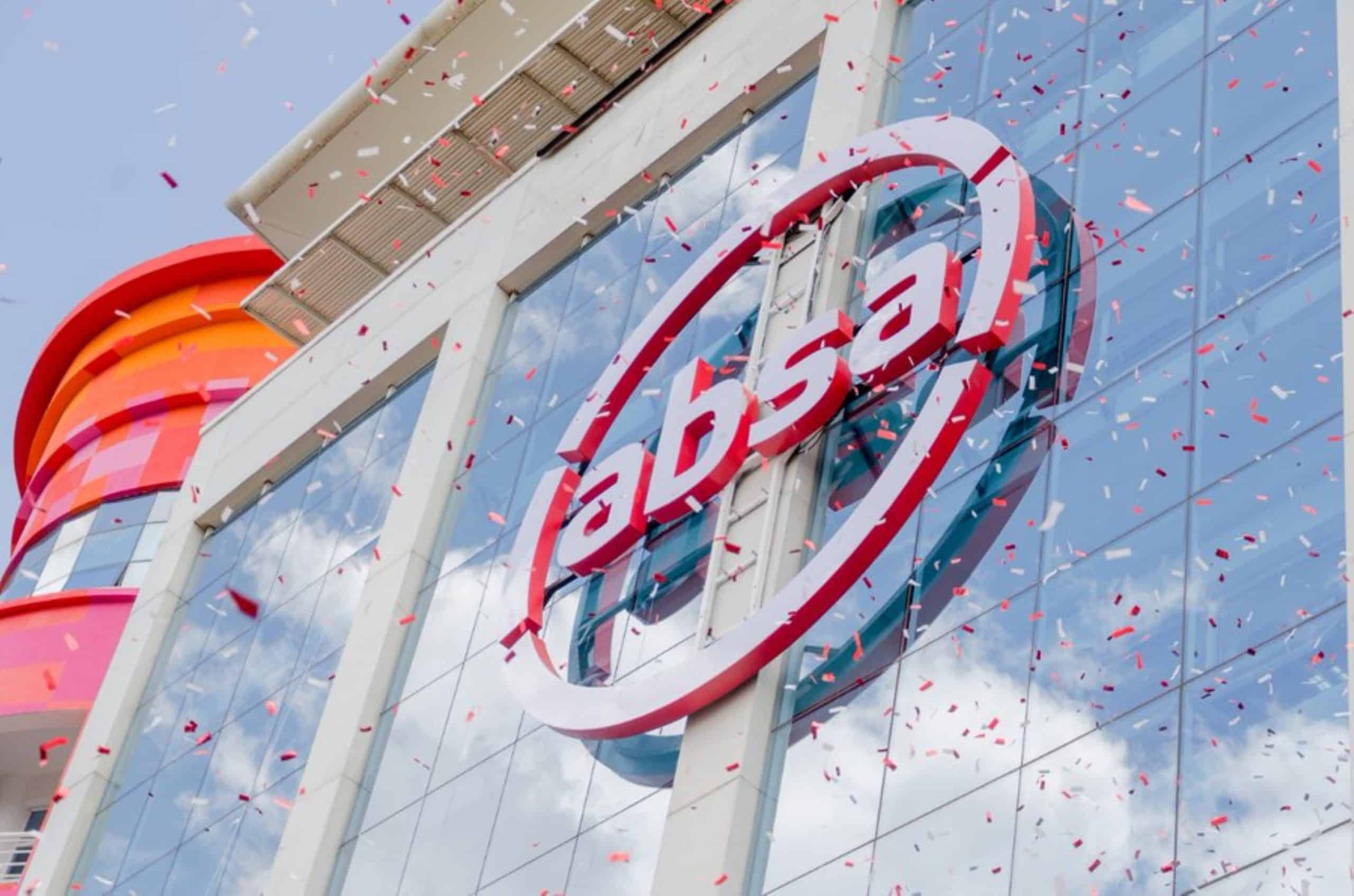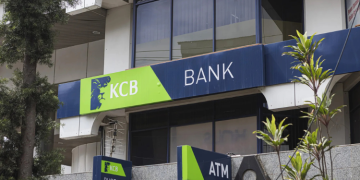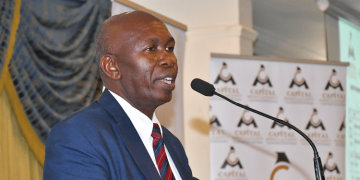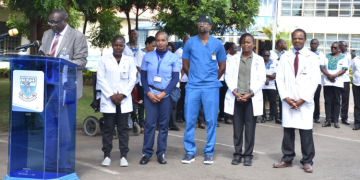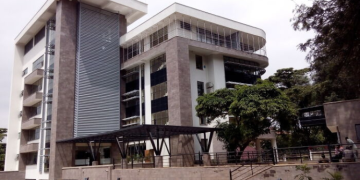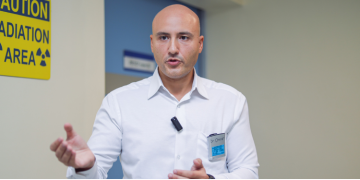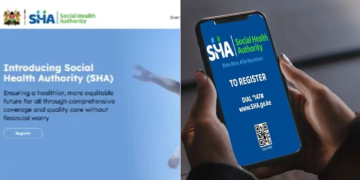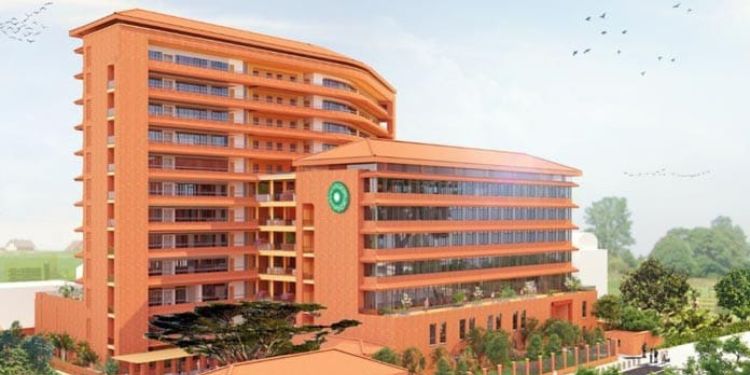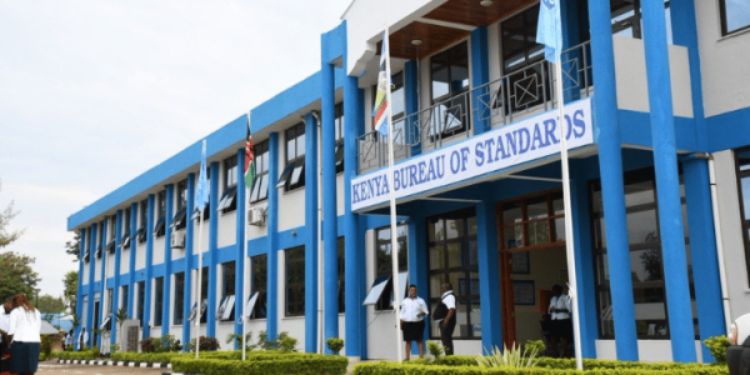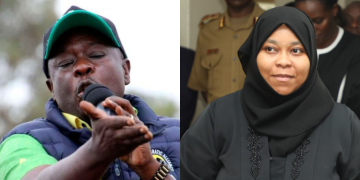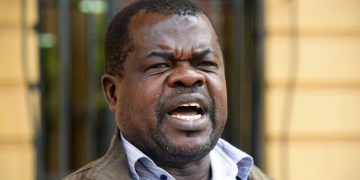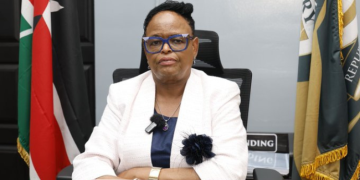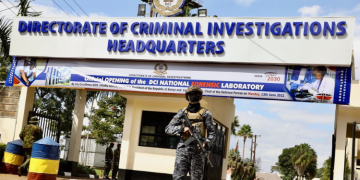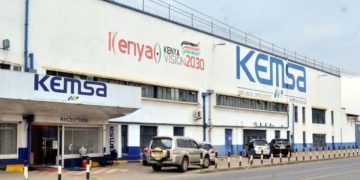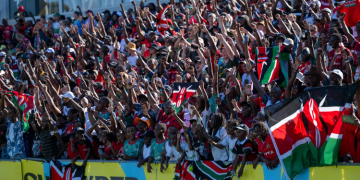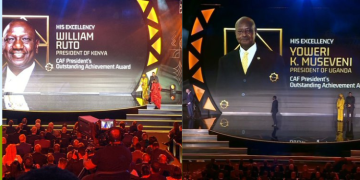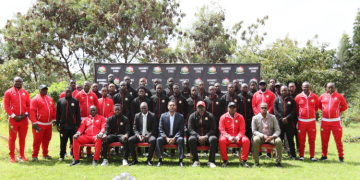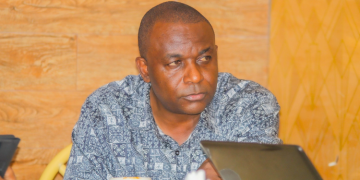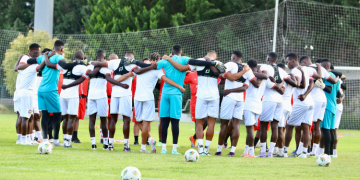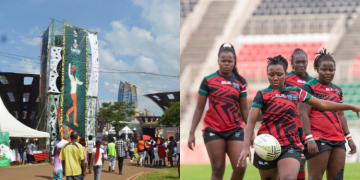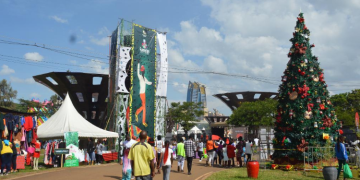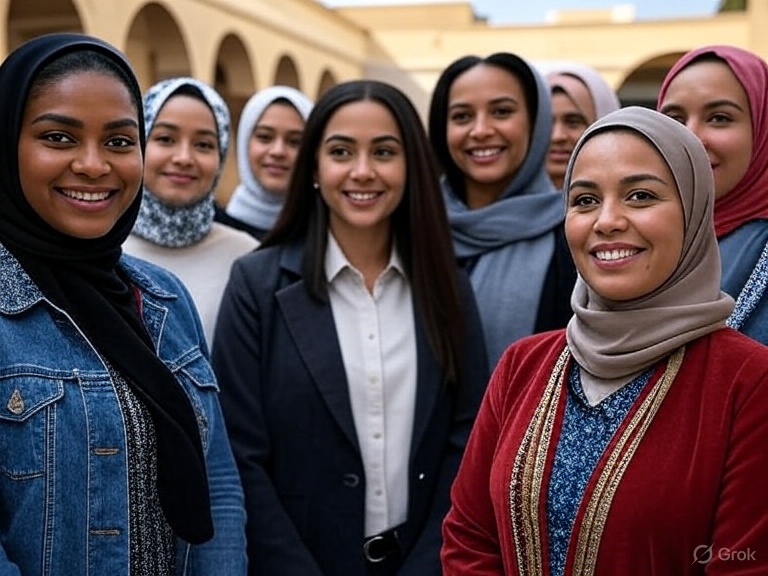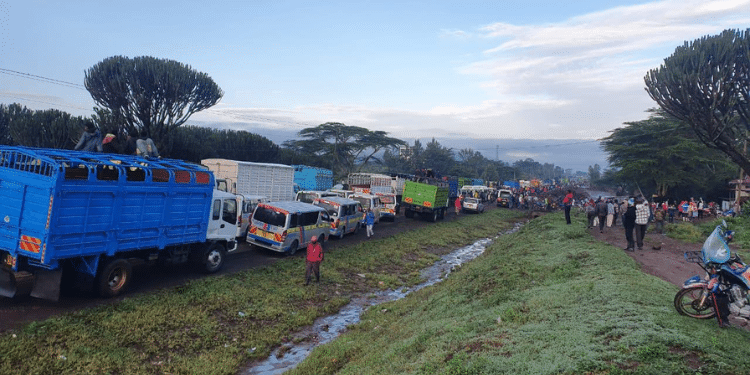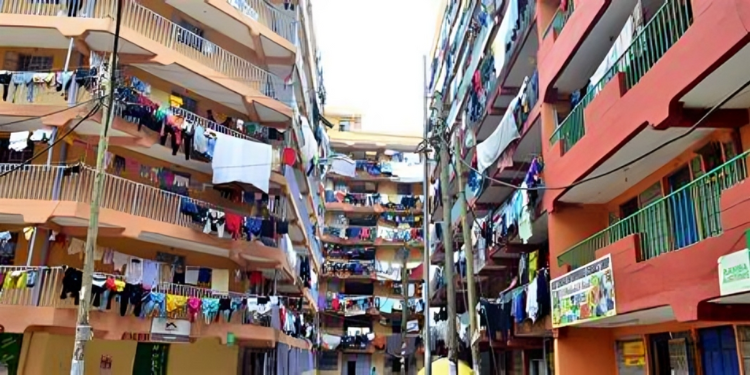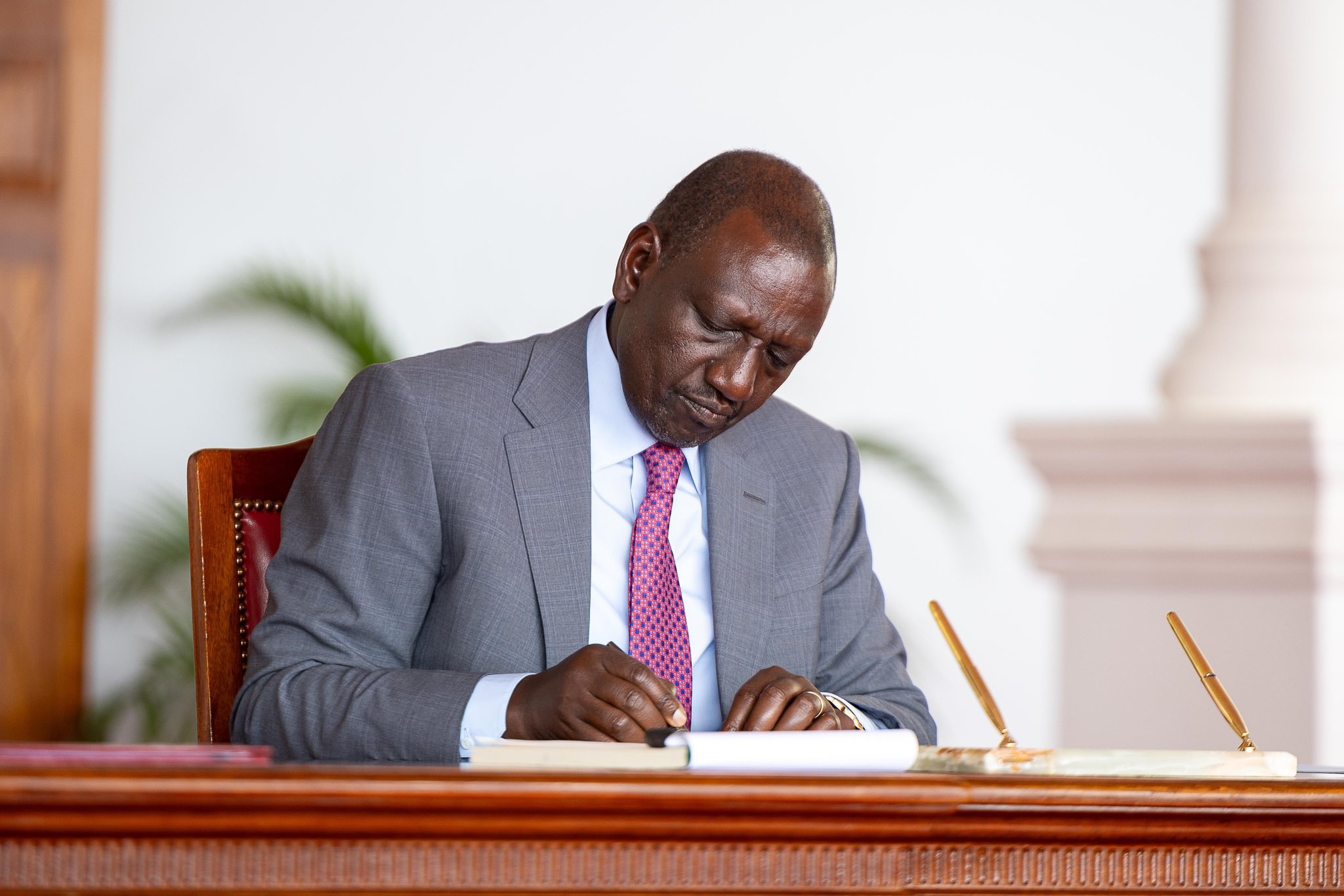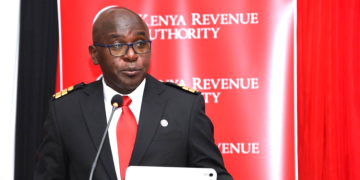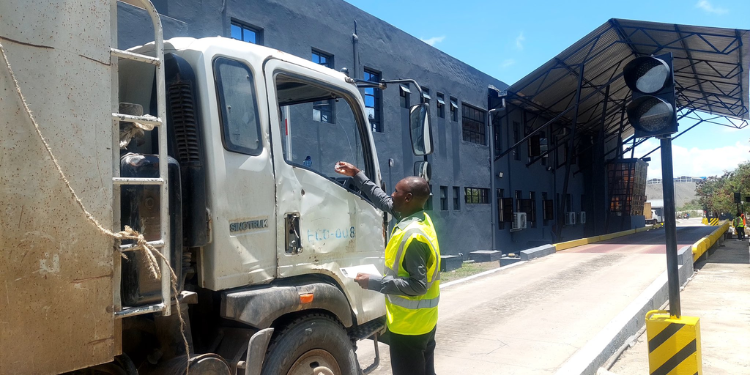The government has approved a feasibility study to explore the introduction of tolling on a major road in Kenya. The feasibility study is set to pave the way for tolling on the Mombasa Southern Bypass (Dongo Kundu Bypass) through a private operator, who will manage and maintain the road under a Public-Private Partnership (PPP) arrangement.
According to the Public Private Partnerships Directorate, the project proposal received its first approval in September 2025, allowing it to advance to the feasibility stage.
The tolling plan seeks to engage a private operator to install tolling infrastructure and operate and maintain the key coastal highway. The Kenya National Highways Authority (KeNHA) is the contracting authority.
Dongo Kundu Bypass
Completed in 2024, the Mombasa Southern Bypass serves as a critical alternative to the congested Likoni ferry crossing.
It enhances regional connectivity between Kenya’s Northern Corridor—linking Nairobi and inland markets such as Uganda, Rwanda, the Democratic Republic of Congo, and South Sudan—and the southern corridor to Tanzania.
The bypass also facilitates improved access to the Port of Mombasa and the Dongo Kundu Special Economic Zone (SEZ), making it a strategic infrastructure link for trade and logistics in East Africa.
Also Read: Govt to Introduce Instant Fines for Motorists and Boda Boda Riders
The project was financed by the Japan International Cooperation Agency (JICA) with additional funding from the Government of Kenya.
Through the PPP tolling model, the government aims to sustain the road’s maintenance and mobilize additional resources for continued infrastructure development.
Chirchir speaks on the proposed National Tolling Policy
While appearing before the National Assembly’s Departmental Committee on Transport in August, Transport Cabinet Secretary Davis Chirchir clarified that existing roads with a daily traffic volume of 5,000 vehicles will be considered for tolling under the proposed National Tolling Policy.
Chirchir further explained that roads with significant freight movement, primarily used for the transportation of goods, would also fall under the scope of the tolling plan.
In addition, existing roads that are upgraded —either by adding new lanes, improving safety features, or enhancing driving conditions —will be eligible for tolling.
Some newly constructed roads will also be included under the “user pays” model. Notably, the Nairobi–Mombasa Expressway and the Rironi–Nakuru–Mau Summit Highway have been earmarked for tolling once their construction starts and is completed.
“In a comprehensive presentation to the committee, CS Chirchir said the policy aims to introduce a dynamic and sustainable tolling system, built around the ‘User Pay Charges’ principle. The plan seeks to optimize revenue generation from toll roads using advanced tolling technologies and modern highway maintenance systems,” read a statement from the committee.
“Toll revenues are earmarked to fund major infrastructure projects such as the Rironi–Nakuru–Mau Summit Highway and the Nairobi–Mombasa Expressway. Both projects are structured as PPPs, where private investors will finance, construct, and operate the roads in exchange for toll income.”
Also Read: Motorists Oppose Toll Charges Proposed for Major Highway
The government emphasized that, alternatively, toll-free routes will be provided for motorists who choose not to use the toll roads. However, the committee acknowledged that in some regions, viable alternative routes are lacking, raising concerns about access and inclusivity.
Concerns raised by the public
During public consultations, Kenyans raised a number of concerns regarding the proposed tolling framework.
Many called for toll exemptions for specific categories of users, including people with disabilities, school buses, and medical utility vehicles. Others proposed the introduction of toll-free days, discounts for frequent users, and subsidies for vulnerable groups.
“Another recurring issue was the review period of the policy. Many felt that the proposed 10-year cycle was too long and recommended a 5-year review to better adapt to evolving needs and challenges,” the committee added.
“From their end, the committee underscored the importance of alternative toll-free routes, stating that all citizens should have a choice. However, they acknowledged that in some areas, viable alternative roads are lacking—raising concerns about inclusivity and access.”
Initially proposed in February 2025, the National Tolling Policy aims to establish a clear framework for road infrastructure projects to be delivered under the PPP model.
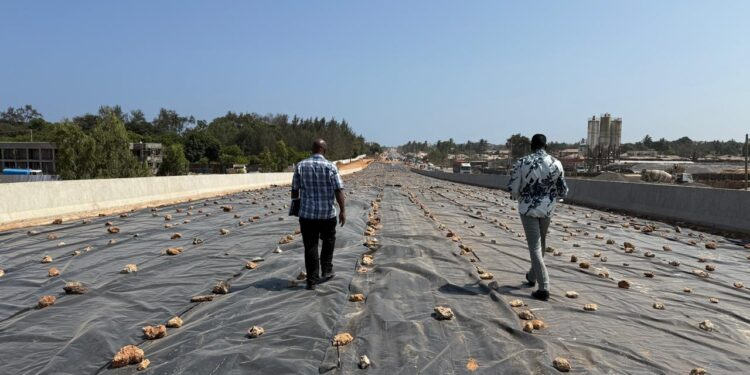
Under this model, motorists will be charged for using select roads to help recover project costs and fund future infrastructure developments.
According to the policy proposal, toll charges will be determined based on the total cost of the road project, survey data from road users, and the projected impact of tolling on different types of vehicles.
Toll charges will be reviewed quarterly, allowing for adjustments based on usage trends and cost factors.
Following public engagement, the Ministry of Transport began drafting the formal policy that will guide the implementation of toll roads in Kenya.
Previously identified roads for possible tolling include the Thika Superhighway, Kenol–Sagana–Marua Road, and Mombasa Southern Bypass.
Stoni Athi Affordable Housing Project
Meanwhile, the National Housing Corporation (NHC) has also made progress on the Stoni Athi Affordable Housing Project in Athi River.
The initiative targets the development and sale of 2,820 affordable housing units, cross-subsidized with 200 market-rate units on NHC land.
According to the Public Private Partnerships Directorate, the project, undertaken through competitive bidding, received both its first and second approvals in May 2024, including the feasibility study.
The tender process for selecting a private development partner was reissued in May 2025 and closed in August 2025, though it was declared non-responsive.
The government has since initiated consultations to determine the next steps for the project, which is designed to be implemented in two phases, each with a two-year construction period and a one-year offtake plan.
Follow our WhatsApp Channel and X Account for real-time news updates
